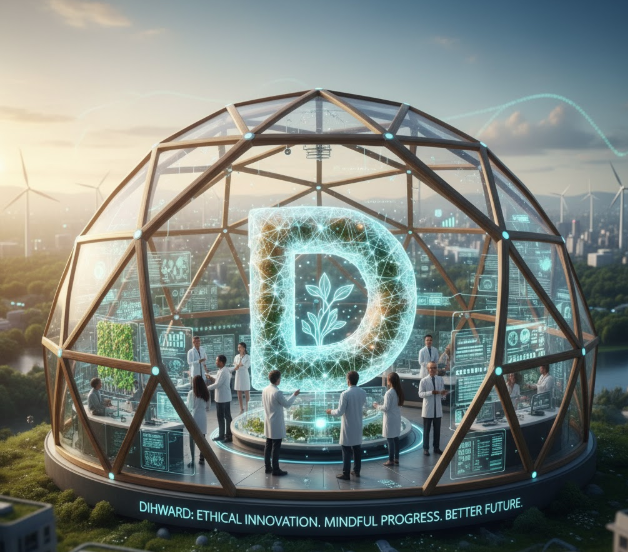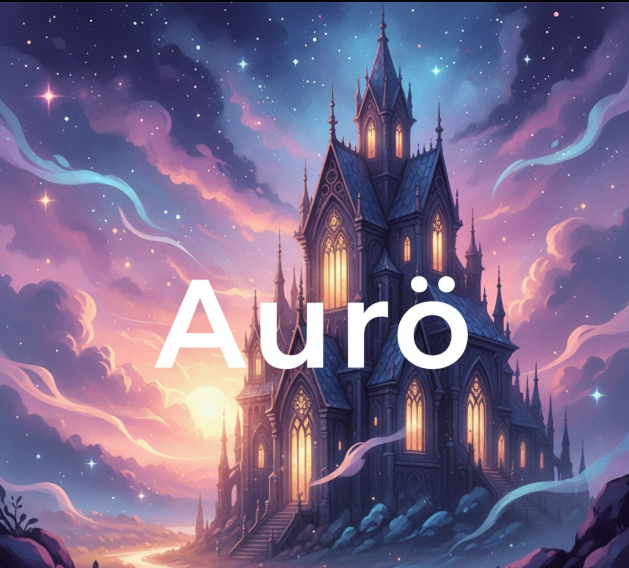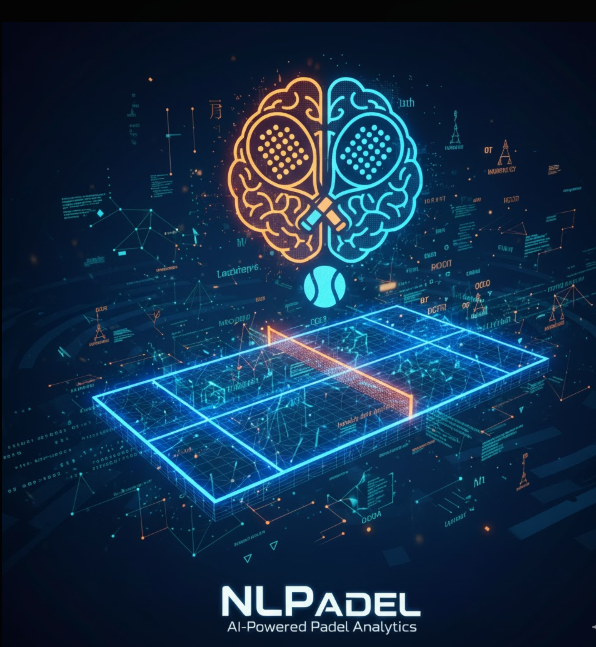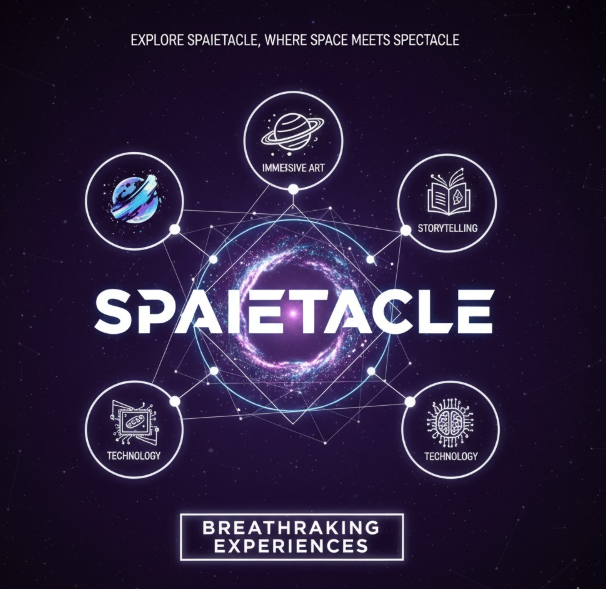Laaster Tech: A New Dawn in Smart Lighting
In an era where smart homes and energy savings go hand in hand, Laaster Tech emerges as an exciting contender in lighting innovation. Rather than just providing light, Laaster Tech promises to reinvent how we control, adapt, and experience illumination around us. But is it a lasting advancement or just another fleeting spark? In this article, we explore the promise, challenges, and real potential of Laaster Tech so you can decide whether it deserves a place in your home or business.
What exactly is Laaster Tech?
Laaster Tech refers to an intelligent lighting system equipped with sensors, adaptive control, and connectivity. It blends hardware (LEDs, sensors, control circuits) and software (algorithms, feedback loops, smart apps) to create light that responds dynamically to its environment and user preferences.
Unlike conventional bulbs that remain static, Laaster Tech adapts color, brightness, and pattern in real time. It is designed to integrate with smart home platforms (voice assistants, mobile apps) so you can command and automate lighting easily. The goal is ambient, responsive, and efficient illumination rather than fixed, one-size lighting.
Why Laaster Tech matters now
Lighting is one of the largest energy consumers in homes and businesses. Smart lighting innovations like Laaster Tech offer an opportunity to reduce energy waste, improve user comfort, and open new design possibilities.
Moreover, as homes and offices get smarter, people expect every device around them to adapt. Lighting is no exception. Laaster Tech raises the bar by combining responsiveness, aesthetics, and sustainability into one system. It addresses several growing needs:
- Energy efficiency without sacrificing usability
- Seamless control and customization
- Environmental sustainability
- Future-ready smart infrastructure
In short, Laaster Tech represents the next evolutionary step in how we think about lighting—not merely a bulb, but part of the intelligent environment.
Benefits and advantages of Laaster Tech
Improved energy efficiency and cost savings
One of the strongest selling points of Laaster Tech is energy savings. Because it only uses as much light (and power) as needed, it reduces waste compared to always-on systems. Over time, that difference accumulates into noticeable drops in electricity bills.
Enhanced lifespan and durability
Laaster Tech systems are built to last. With optimized power use, thermal management, and smart control, they can outlast conventional bulbs and fixtures. Fewer replacements means lower maintenance costs.
Adaptive lighting to match context
Whether it’s a movie, work, relaxation, or nighttime mode, Laaster Tech can adapt color temperature, brightness, and even dynamic effects. It senses ambiance or follows schedules, making your lighting feel alive.
Seamless integration with smart systems
Laaster Tech is designed to connect with home automation platforms, voice assistants, and mobile apps. You can dim, change scenes, or schedule changes through simple commands or automated rules.
Better lighting experience and well-being
Good lighting impacts how we feel and how well we perform tasks. With fine control over brightness and spectrum, Laaster Tech allows settings optimized for reading, working, relaxing, or color-sensitive tasks—potentially enhancing mood and comfort.
Challenges and limitations facing Laaster Tech
High initial cost and investment
The upfront cost of Laaster Tech systems may be higher than traditional lighting. For many users, the payback period must be clear enough to justify the investment.
Technical learning curve and installation complexity
Installing and programming Laaster Tech is more involved than screwing in a bulb. It may require calibration, firmware updates, and smart setup, which can intimidate non-technical users.
Compatibility and interoperability issues
To live up to its promise, Laaster Tech must play nicely with a variety of smart home standards (Zigbee, WiFi, Thread, Bluetooth, etc.). Incompatibilities can frustrate users and limit adoption.
Regulatory, standards, and safety hurdles
Lighting systems must meet electrical safety, emissions, and certification standards. Introducing new methods means overcoming regulatory hurdles in many jurisdictions.
Market resistance and inertia
People often stick with what they know. Convincing users to adopt a novel lighting system—especially if existing lighting “works well enough”—is a marketing and trust challenge.
Material, manufacturing, and environmental concerns
Even if Laaster Tech reduces running energy use, the materials and manufacturing process may carry environmental costs. Designers must weigh sustainability throughout the lifecycle.
Real world and potential use cases for Laaster Tech
Smart homes and living spaces
Laaster Tech can adjust lighting based on time of day, activity, or mood. Imagine lights that dim gently in the evening or shift color for reading or movie time without manual intervention.
Commercial and office environments
In offices, Laaster Tech can adapt to daylight, presence, and task needs—improving comfort and saving energy. Meeting rooms could shift to presentation mode lighting automatically.
Hospitality and retail
Hotels, restaurants, and stores can use Laaster Tech to create immersive lighting atmospheres, drive customer experience, or highlight displays dynamically.
Outdoor and street lighting
Streetlights with Laaster Tech could dim when no one is around, brighten on motion, or adapt to weather, thus cutting power use while maintaining safety.
Health and wellness settings
Clinics, spas, or therapy rooms may use Laaster Tech to adjust color tones to influence mood or circadian rhythms, helping with relaxation, alertness, or recovery.
How Laaster Tech works behind the scenes
At its core, Laaster Tech involves a feedback loop of sensing, decision, and actuation:
- Sensors (light, motion, color, occupancy) monitor environment
- A control unit (microcontroller, firmware) processes data
- Decision logic or algorithms choose changes (brightness, color, pattern)
- LEDs / lighting modules adjust accordingly
- Connectivity modules allow remote control, updates, and integration
The system may use local intelligence (onboard processing) or cloud support for more complex behavior. Latency, reliability, and fallback modes must be carefully designed so the lighting never feels laggy or fails.
How to customize Laaster Tech for your space
When you bring Laaster Tech into your home, office, or public area, customizing it properly makes all the difference. Here’s how to tailor Laaster Tech to fit your space and needs:
Assess the environment
First, observe how your space behaves: measure natural light levels throughout the day, note where shadows or dark corners are, see how many people occupy the zone and at what times. These observations guide how aggressively Laaster Tech should adapt.
Define lighting zones and scenes
Divide your space into functional zones—reading areas, workstations, relaxation corners, corridors, etc. Then create “scenes” (preset lighting modes) for each: bright white for work, warm dimmed for rest, color accents for ambiance. Laaster Tech should smoothly transition between these scenes based on context.
Use sensor thresholds and sensitivity settings
Adjust how responsive Laaster gets. For example, motion or occupancy sensors can be tuned so lights don’t flicker every time someone steps by. Ambient light sensors can be set to trigger adjustments only when natural light is significantly changing. Fine-tune these thresholds so lighting feels smooth and natural.
Schedule behavior and automation rules
Beyond real-time changes, schedule routine behaviors. In the evening hours, Laaster can slowly dim or shift to warmer tones. At sunrise, it can brighten gently. You can also set “do not disturb” periods, override rules, or fallback modes (e.g. minimal lighting). Automation adds convenience and consistency.
Cost-effectiveness and return on investment
When assessing how cost-effective Laaster Tech is, several dimensions matter:
- Energy savings per year: The reduced wattage use, fewer hours, or adaptive behavior.
- Maintenance savings: Longer life means fewer replacements and less labor.
- Incentives and rebates: Some regions provide subsidies for energy-efficient lighting installations.
- Added value: Better ambiance, user satisfaction, and premium appeal can justify extra cost.
If implemented well, Laaster Tech can pay for itself over a few years and then deliver net returns in efficiency and experience.
Environmental impact and sustainability
Because lighting is a big contributor to energy demand, more efficient systems like Laaster Tech can reduce carbon emissions. Less energy use means reduced fossil fuel dependence. Also, durability means less waste from burnt out bulbs.
However, to be truly sustainable, designers must ensure that materials used (LEDs, electronics, circuit boards, plastics) are recyclable or sourced responsibly. The environmental footprint of manufacturing and disposal must be addressed.
Is Laaster Tech a lasting innovation or a short-lived trend?
Trends come and go, but some innovations endure. Laaster Tech has strong prospects if its promises hold true. Its value rests not only on novelty, but on practical benefits, reliability, and adoption momentum.
- If users see clear returns (energy, comfort, convenience), that helps it stick.
- Strong standards, compatibility, and ecosystem support will push it forward.
- If the technology matures, costs drop, and trust builds, Laaster Tech may become mainstream.
But if it remains costly, finicky, or fails to deliver promised gains, it risks being dismissed as a passing spark.
What to consider before adopting Laaster Tech
- Understand your lighting needs and whether adaptive lighting is worth it
- Request performance specifications (wattage, lifespan, latency)
- Check compatibility with your home or system standards
- Ensure good installation support and firmware updates
- Ask about sustainability, warranty, and repair options
- Start small as a pilot zone before full rollout
Conclusion
Laaster Tech holds exciting potential as a next-generation smart lighting system. Its blend of adaptability, energy savings, and user comfort positions it as more than just a novelty. While there are real challenges—cost, compatibility, user trust—the vision is compelling: lighting that thinks, adapts, and elevates our surroundings.
By designing with practicality, transparency, and longevity in mind, Laaster Tech has a chance to transform how we light our world. Whether it becomes a household staple or fades away depends on execution, value, and adoption—but the spark of innovation is definitely there.






